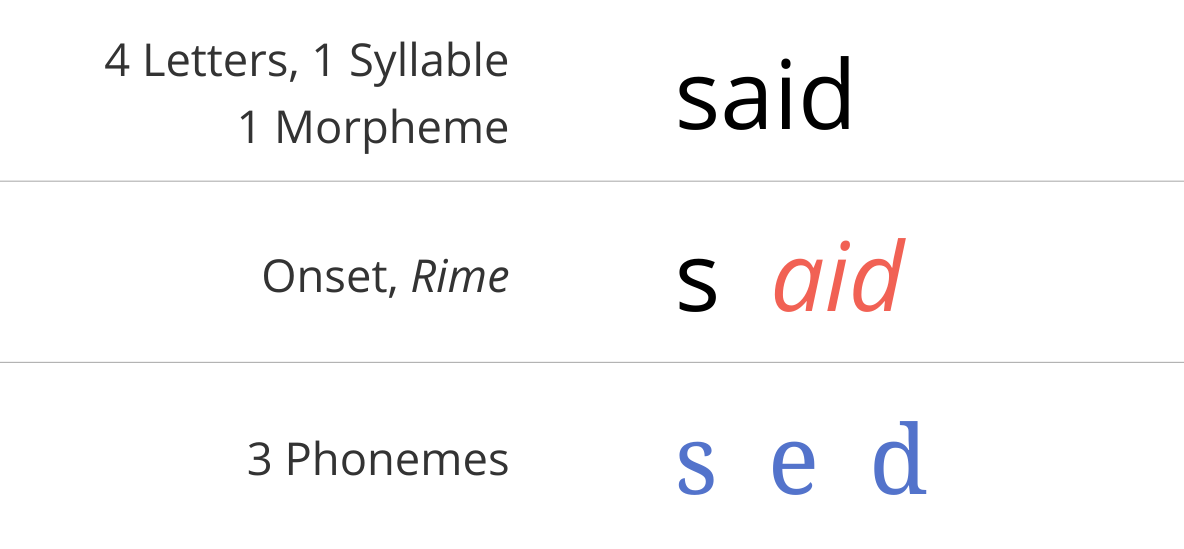As parents and students struggle to keep up with rising college tuition and take on greater burdens of debt, universities are being challenged to justify the ballooning athletic fees they tack on to the bill.
In the 2010-11 academic year, the 227 public institutions in Division 1 of the National Collegiate Athletic Association collected more than $2 billion in athletic fees from their students — or an average of more than $500 per enrollee — according to research by Jeff Smith at the University of South Carolina Upstate.
These fees, which can exceed $1,000 a year, are often itemized as a “student activity” or “general” expense. That may explain why separate research, by David Ridpath of Ohio University, found that students were only dimly aware of the extent of the fees, and weren’t pleased once they found out how much they were paying.
Worse yet, institutions with high proportions of poorer students carrying substantial education debt appeared to be charging the highest fees. While all students must pay the costs of maintaining athletic programs, few actually benefit from the services they subsidize. In this sense, the fees are comparable to a regressive tax — and one that is more onerous for lower-income students than for the more affluent, who are able to attend schools where athletic fees are lower.

e = get, head
Dive into said